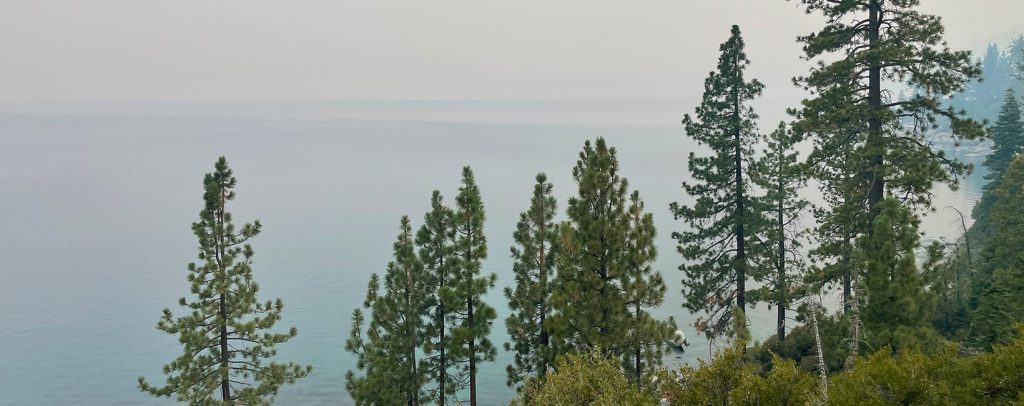A little fire can pose a significant danger in North Lake Tahoe, so fire safety is always top of mind, especially from late spring through the end of fall. We’re ever grateful for our firefighters and first responders who work so diligently to keep us all safe. Fire safety is a way of life here and a top priority for all our residents and businesses.
If you’re new to the area, here are our essential fire safety tips to get you started:
- Be ready to go
Keep your car gassed up and packed up with emergency supplies, snacks and extra clothes to leave quickly when necessary.
- Get to know the area
Research the areas on your itinerary before you go to learn access roads. Stay aware of current weather and air quality conditions.
- Stay informed
Visit our Know Before You Go page to check official sources for more up-to-date info and facts.
- Sign up for emergency alerts
Register your cell phone number with these counties when you arrive to stay on top of any wildfire issues and recommendations if they arise.
Placer County Notifications via Placer Alert
Washoe County Notifications via CodeRED
Nevada County Notifications via CodeRED
El Dorado County Notifications via CodeRED

Important Wildfire Resources
2024 Fire Restrictions
As of July 11, 2024, summer fire restrictions are in effect for the Lake Tahoe basin. Below are current restrictions but always check in advance to make sure they haven’t changed.
- Enhanced fire restrictions mean campfires (wood, charcoal, pellets, or any solid fuel) are only permitted within developed campgrounds within the permanently installed campfire pits and permanently installed barbecue grills.
- Devices with a shut off switch or valve, including portable campfire pits, lanterns, or stoves that use gas, kerosene, jellied petroleum, or pressurized liquid fuel may be used in developed recreation sites.
- Smoking is restricted to enclosed vehicles or areas at least three feet in diameter that are barren or cleared of all flammable materials.
- Operating an internal combustion engine off paved, gravel, or dirt National Forest roads and trails, except within the Sand Pit Off-Highway Vehicle area and boats on a water surface is restricted.
- Welding or operating an acetylene or other torch with an open flame is also restricted.
Red Flag Warning
The National Weather Service may issue a red flag warning, meaning that existing weather conditions could cause a fire to occur within 24 hours and those conditions could exist for the next 12 – 72 hours. Other than on the news, you may also notice red flags in front of fire stations, businesses and other locations throughout the region. To find out if a Red Flag Warning has been issued, visit the National Weather Service fire weather website.
This site is dedicated to helping Lake Tahoe residents prepare for wildfires. Tahoe Fire & Fuels Team, a basin-wide collaboration, created it with information on Getting Prepared, Getting Informed and Getting Involved.
Visit Truckee-Tahoe Resources
Visit Truckee-Tahoe publishes a Visitor’s Guide to Wildfire Season and a Visitor’s Guide to Planned Power Outages (PSOMs) to help guests and residents be prepared during California’s wildfire season.
Evacuation Guides
If you are ordered to evacuate, please do so as soon as possible. No possession is worth your life. Here are some additional resources on evacuation guides specific to the Lake Tahoe region:
- Ready for Wildfire Evacuation Guide
- South Lake Tahoe Emergency Preparedness Guide
- ALERTWildfire Cameras
- Evacuation Terminology

Protect Against Wildfire Smoke
Smoke from wildfires across California and Nevada carry tiny particles that can damage the lungs, especially for those with existing respiratory conditions. If there is smoke in the North Tahoe region during your visit, consider the Air Quality Index (AQI) before heading outside. When conditions are above 100, public health officials and air quality experts begin to recommend staying indoors and limiting outdoor exertion. If you are recreating outside and are considering masking, here’s what the California Department of Public Health advises:
- Cloth masks and surgical masks do not protect the wearer from fine particulate matter in wildfire smoke.
- Wear an N95 respirator if you need to be outdoors in smoky air for an extended period of time.
- The best way to protect yourself from wildfire smoke is to stay indoors.
Additional Ways to Help
Donate
- Support the regional ALERTWildfire program by donating or volunteering.
- Donate to the Red Cross Disaster Relief Fund. You can also donate rewards points to the Red Cross to help.
- Donate to a Community Foundation: Community foundations get resources to local NGOs that support both the immediate relief work and the longer-term recovery for families that have lost homes and businesses. Under the “relief fund” tab in the above link is a list of vetted community foundations and organizations that are supporting local recovery efforts.
Emergency Places to Stay
Check Fire Evacuee for the free Open Homes service provided by AirBNB for those in the region. You may also check with the local Red Cross.
Take the Pledge
Take the Traveler Responsibility Pledge and commit to staying informed and doing your part to protect the region.









